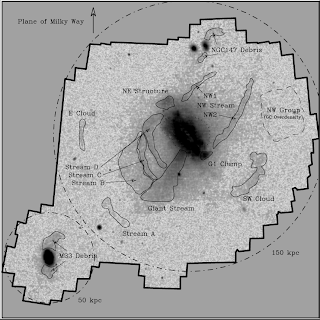Seeing length contraction
It's the 50th anniversary of both the assassination of John F. Kennedy and the first episode of Doctor Who , and yes, I did get up at 6:50 and watched The Day of the Doctor . So, today's post is about Time and Relative Dimensions in Space . Everyone loves a bit of relativity , even though its consequences can be quite mind-bending. Of course, one of the things that happens is that when things are moving relative to each other you get length contraction , and people disagree on how long something is. Length contraction is responsible for some cool physical effects, including explaining why two parallel currents attract one another. Check out this excellent video by Derek Muller on Veritasium which explains this. While the video is mostly correct, there is something which is not quite right. Notice the bit where he drives passed himself in a car, he sees the car squeezed due length contraction. So, the question I want to look at is "What do things look li
